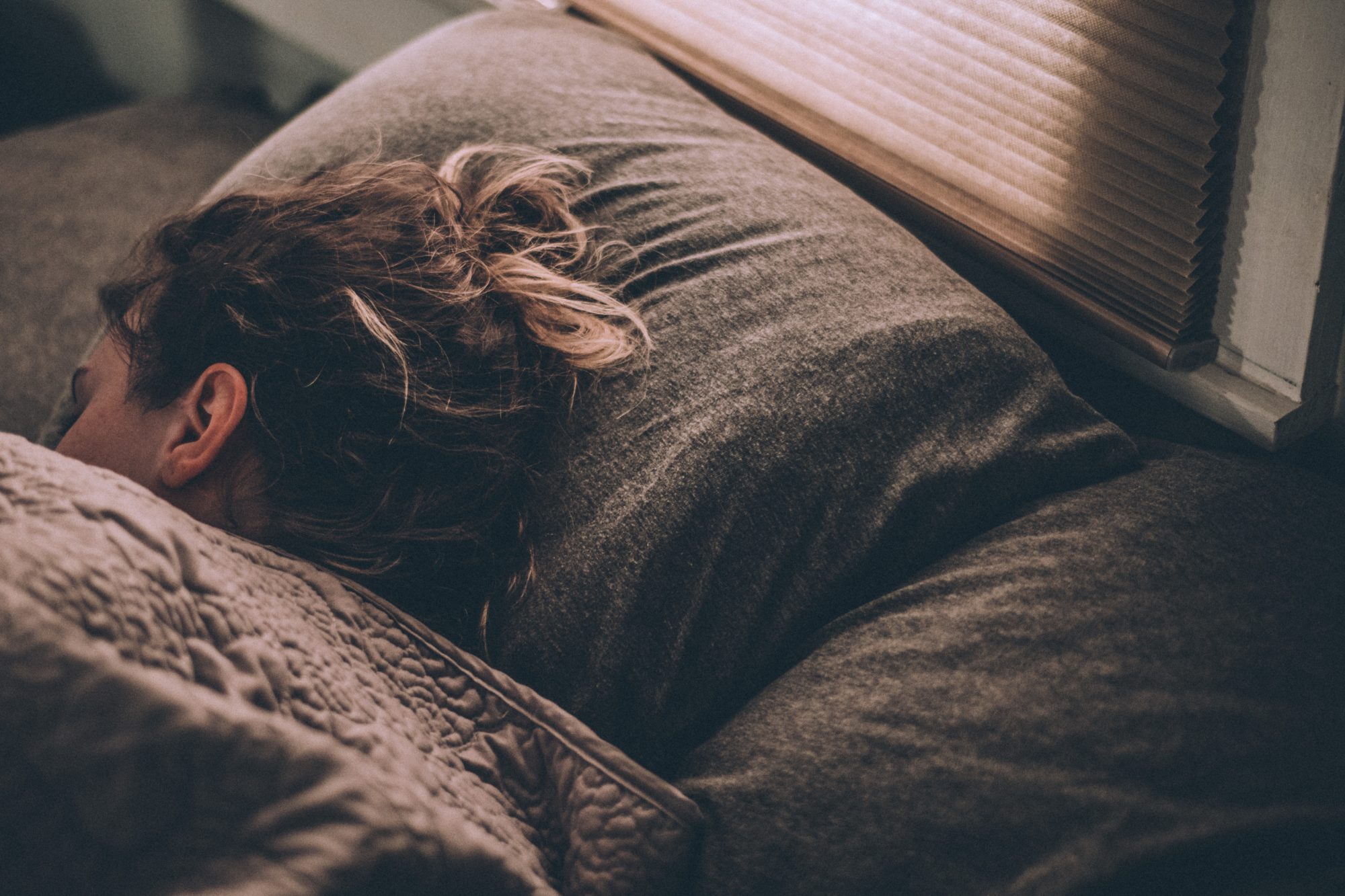Moving our clocks forward this past weekend changed our bodies’ principal cue (light) for keeping time with our circadian rhythm. This usually causes us to be temporarily jet-lagged, or out of sync with our 24-hour wake/sleep schedule, making a lot of us feel a little off our game. Or more than that: Sleep deprivation is miserable. A poor night’s sleep is the ultimate mood killer, and over time those bad moods add up. People who regularly get less than seven hours of sleep at night are far more likely to develop depression or severe anxiety.
And did you know that modest reductions in sleep
quality, even without a decrease in sleep
quantity, tend to make us feel lonely? More than that, poor sleep quality leads us to act in ways that increase our isolation, not reduce it. Sleep-deprived people are more likely to avoid contact and are
less inclined to engage with other people. Worse still, sleep-deprived folks tend to be judged as socially unattractive by others. And as if that isn’t enough, the effect is contagious: Well-rested people feel lonelier after even a one-minute encounter with a sleep-deprived person.
The good news is that we can use this disruption to reset our sleep clocks, which will
soothe the anxiety that might have emerged this week.
How to Reset your Circadian Rhythm
Our sleep is primarily governed by a “biological clock” in the center of our brain called the suprachiasmatic nucleus. It sits just above the place where our optical nerves cross. This biological clock keeps time thanks to the light pulsing through the optical nerves below it. Unthwarted by modern life, the sun is a reliable winding mechanism: Every day since the dawn of the earth, the sun has risen and set in a 24-hour cycle.
As the sun sets, the suprachiasmatic nucleus detects the darkening world, which triggers the release of melatonin, the chemical messenger that commands the body to prepare for sleep. We feel sleepy and our body gets ready to fall asleep when melatonin starts to build up in our system, a few hours after dark.
When we expose ourselves to artificial light after sunset, though, our biological clock loses its primary winding mechanism. These days, light doesn’t stop pulsing through the suprachiasmatic nucleus until we turn off our bedside lamp and close our eyes—and even then, if there is still even a tiny source of light in our room, it might not. When we can’t fall asleep, often it’s because we don’t have enough melatonin built up in our system.
For that reason, looking at a phone, iPad, or computer is about the worst thing we can do before bed.
One study found that reading on an iPad suppressed melatonin release by over 50 percent, compared to reading a paper book at night. The blue light emitted by our devices can delay the rise of melatonin by three hours, causing us to lose significant amounts of REM sleep—the type of sleep that is important for dreaming and that, when limited, most affects our moods.
You might be surprised to hear that even the tiny string lights that many college students string up around their dorm rooms can keep you from falling asleep. “Even a hint of dim light—8 to 10 lux—has been shown to delay the release of nighttime melatonin in humans,” writes UC Berkeley neuroscientist Matthew Walker in his book,
Why We Sleep. “The feeblest of bedside lamps pumps out twice as much: anywhere from 20 to 80 lux.”
So, the first step is to turn the brightness on your screens way down at night, and to crank the “night shift” display settings to “most warm.” Unfortunately, according to some
recent research, this won’t be enough to prevent light-induced melatonin suppression. So how can we best give ourselves the darkness we need to prepare for sleep?
- Wearing dorky orange wrap-around glasses for an hour or two before bedtime tricks our biological clocks into thinking it is dark. This means that the suprachiasmatic nucleus will trigger the release of melatonin as though it were dark out.
- We can also reset our biological clocks using light in the morning rather than darkness at night; bright light exposure for at least six and a half hours during the day can eliminate the hindering effects of artificial light exposure at night. On days when we aren’t able to expose ourselves to bright sunlight for this long, 20-30 minutes in front of a lightbox early in the morning can increase evening melatonin levels by 81 percent.
- Although light is the primary way that our biological clock keeps time, our habits also influence our circadian rhythm. This is why so many of the best “healthy sleep guides,” like this one from the National Sleep Foundation, emphasize going to bed and waking up at the same time, as well as establishing a good bedtime routine.
So now is a great time for us all to establish — or reinforce — our bedtime routines. What do you do to wind-down at the end of the day and get yourself ready for deep sleep?

